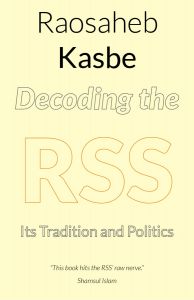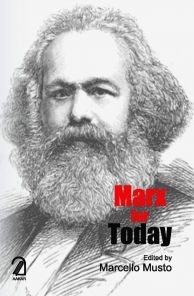The Post-Truth: Media's Survival Sutra
The book provides valuable information about the way journalism has evolved in India since Independence, the idealism and missionary zeal of the early pioneers and ‘foot-soldiers,’ the changing technology and mores of reportage, the joint resistance by owners and journalists to the government’s moves to tame the media, and the shift from the primacy of the editor to that of the owner, and eventually into the inexorable logic of the market paradigm of the news media… The thumbnail sketches of the editors, owners and journalists, and the insights into the pulls and pressures at work in newsrooms are truly invaluable.

Reviews
The book provides valuable information about the way journalism has evolved in India since Independence, the idealism and missionary zeal of the early pioneers and foot-soldiers, the changing technology and mores of reportage, the joint resistance by owners and journalists to the government's moves to tame the media, and the shift from the primacy of the editor to that of the owner, and eventually into the inexorable logic of the market paradigm of the news media. The thumbnail sketches of the editors, owners and journalists, and the insights into the pulls and pressures at work in newsrooms are truly invaluable.
Reviewer, Publication



